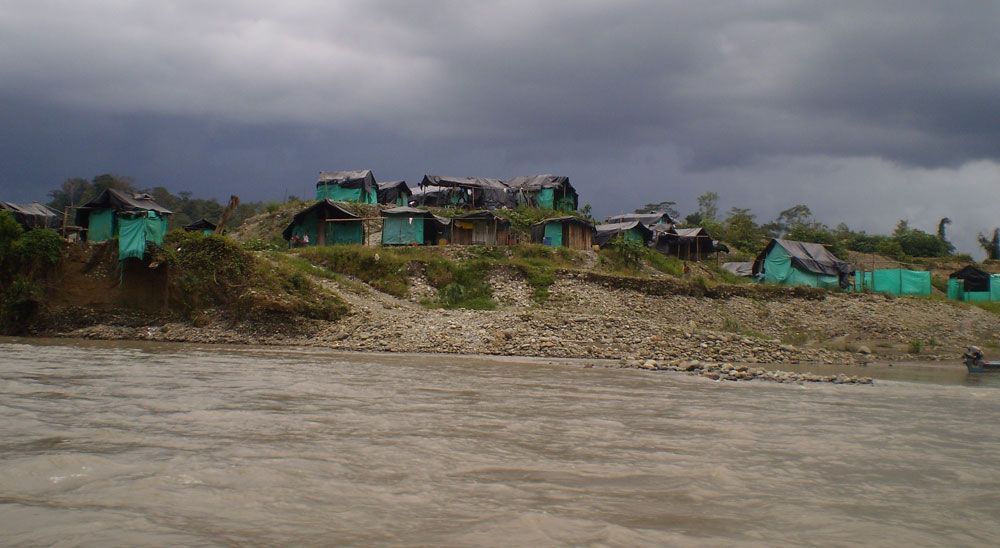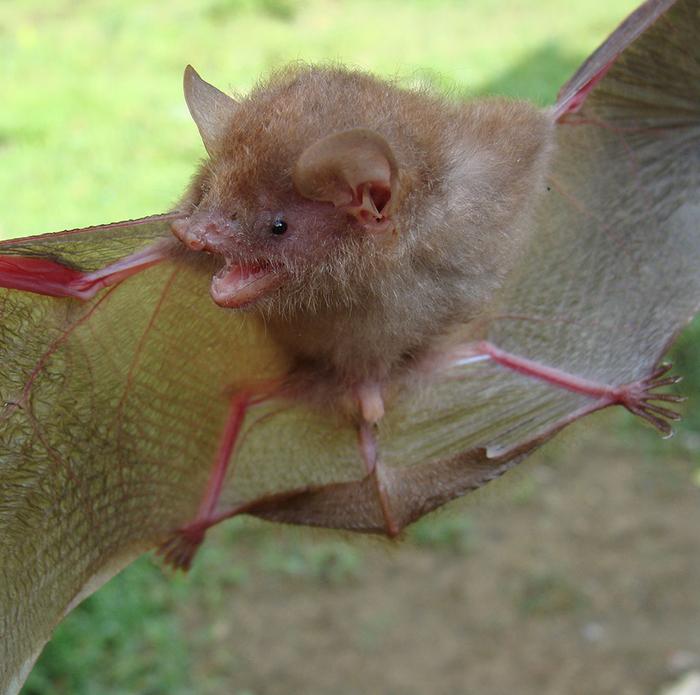- Pan Amazon countries experience high levels of corruption across their judiciary, which prevents them from creating substantial legal reforms.
- In Andean countries, environmental crimes are committed through bribery and extortion, major sources of judicial corruption. In Brazil, judges are more likely to commit crimes of omission, using delaying tactics that keep cases suspended for years.
- Reforms of the judicial branches in these countries are often managed by alternative entities that have their own internal affairs units. It is rare for these actors to be punished, so the system remains opaque and flawed.
See All Key Ideas
The most powerful individuals in courtrooms are the judges. Their leadership is essential for bringing any type of reform to fruition, be it an anti-corruption campaign or an ‘all-of-government’ drive to fight environmental crime. In the Andean Republics, their involvement in crimes of commission via bribery and extortion is a major source of judicial corruption. In Brazil, judges are more likely to commit crimes of omission with delaying tactics that allow cases to spend years in a state of suspended litigation.
In Brazil, efforts to reform the judiciary are managed by the Conselho Nacional de Justiça (CNJ), which, like the prosecutorial system, has an internal affairs unit (Corregedoria) that monitors the ethical conduct of its members. Although the CNJ has an impressive data management system that it uses to track its massive caseload, the Corregedoria does not provide (easily understandable) statistics that reveal its record in fighting judicial corruption.
An investigative journalist with expertise in legal affairs reviewed data from the CNJ in 2012 and reported that 5,917 cases had been processed, of which 1,637 had been adjudicated at trial, leading to 205 convictions, while 2,918 were dismissed on technicalities or because of the statute of limitations. A separate study spanning 2005 to 2017 found that 82 judges had been subject to disciplinary action, which forced 53 into compulsory retirement, a punishment that removed them from the courts but did not deprive them of their pension. Despite the reforms, the system remains opaque, and there are few reports in the mass media of disciplinary actions that target the judicial elite.
The Brazilian Federal Police and the Federal Public Ministry (MPF) are investigating the crimes committed in late September in Acará and other previous cases of violence that have intensified in the region in recent months, in addition to alleged environmental crimes committed by BBF. Image courtesy of the Turiwara people.
Peru’s campaign to combat corruption likewise includes a monitoring and oversight entity (Consejo Nacional de la Magistratura / Junta Nacional de Justicia) that similarly reveals that country’s failure to address the issue of judicial corruption seriously. Between 2010 and 2012, the courts considered 18,782 corruption cases: of these, 450 (2.5 per cent) involved members of the judicial system (judges and prosecutors). Of this very significant subset, only thirty per cent proceeded to trial and ended in a sentence, with 86 per cent receiving a suspended sentence, either because they had reached a plea bargain (46 per cent) or because the judge determined that the prescribed sentence was unnecessary (twenty per cent) or were dismissed on procedural grounds (ten per cent).
In a separate study completed in 2019, the Defensoría del Pueblo tabulated a total of 31,370 formal complaints lodged against officers of the court; of these, only 201 prosecutors and 185 judges were found guilty. The disciplinary outcomes are similarly informative, because ninety per cent of those individuals were disciplined by a combination of voluntary retirement and fines. Nobody went to jail.
In Ecuador, between March 2019 and May 2022, 24 judges and thirty prosecutors were investigated for alleged corruption, most for having demonstrable links to organised crime; however, only six judges and one prosecutor were dismissed. In one case involving a civil dispute between an Indigenous community and a hydropower developer, the presiding judge was allegedly bribed by another judge in exchange for a ruling that would favour the hydropower company. The second judge’s motivation was to protect her husband’s investments in the energy company building the dam.
In Suriname, citizens are protected from judicial and police misconduct by the Office of the Ombudsman, but when that position was left vacant between 2005 and 2009, the government continued its budgetary allocation, spending over US$42 million in a blatant example of embezzlement within the criminal justice system.
Banner image: Renacer Negro Community Council in Cauca. In July 2015, a land judge recognized their land ownership rights. Image courtesy of Land Restitution Unit.





